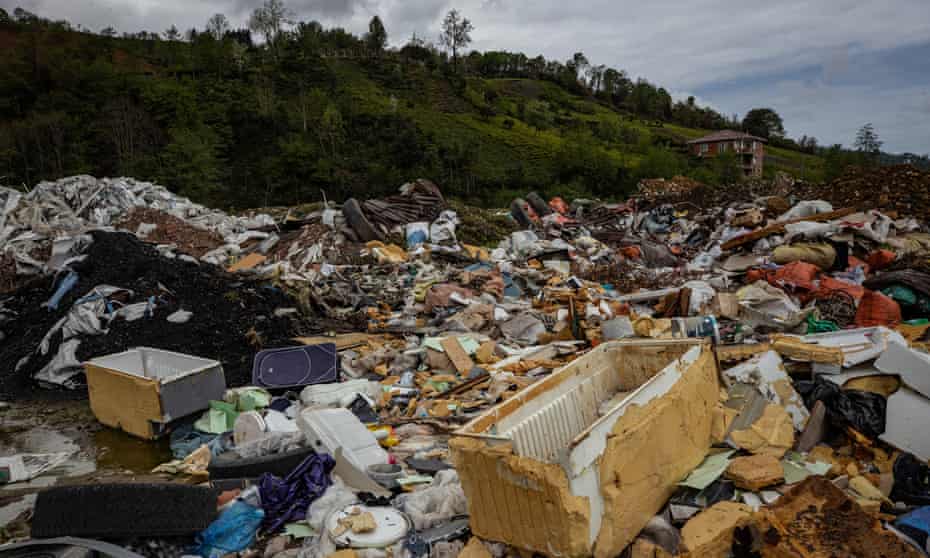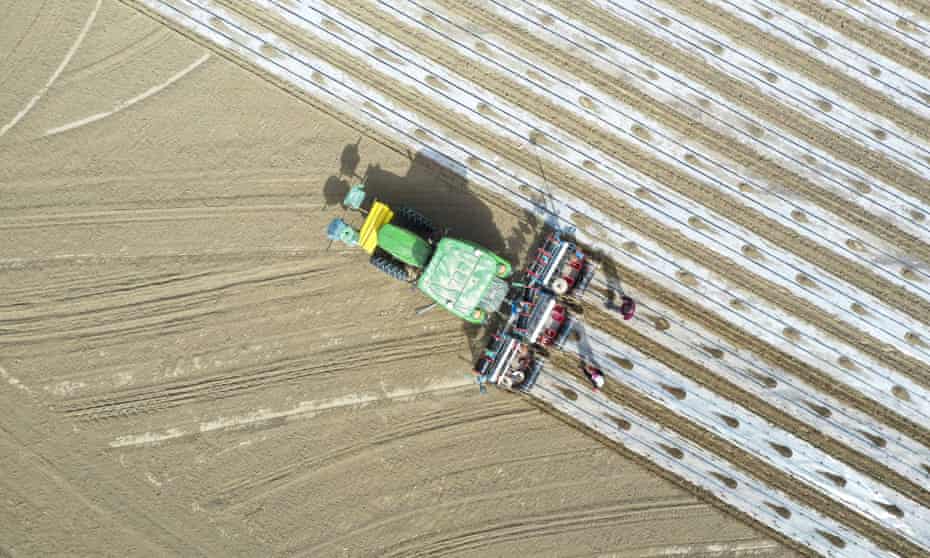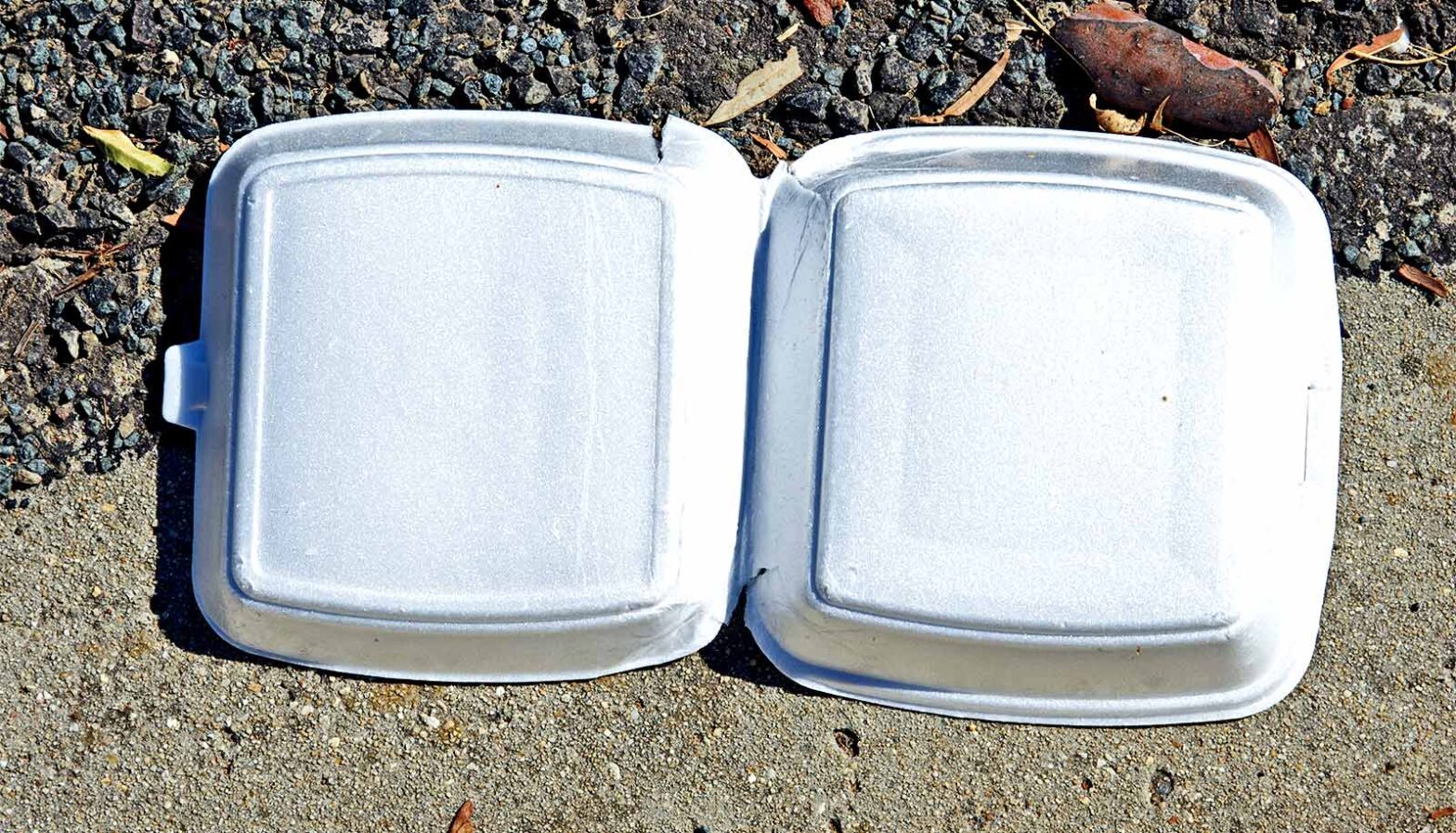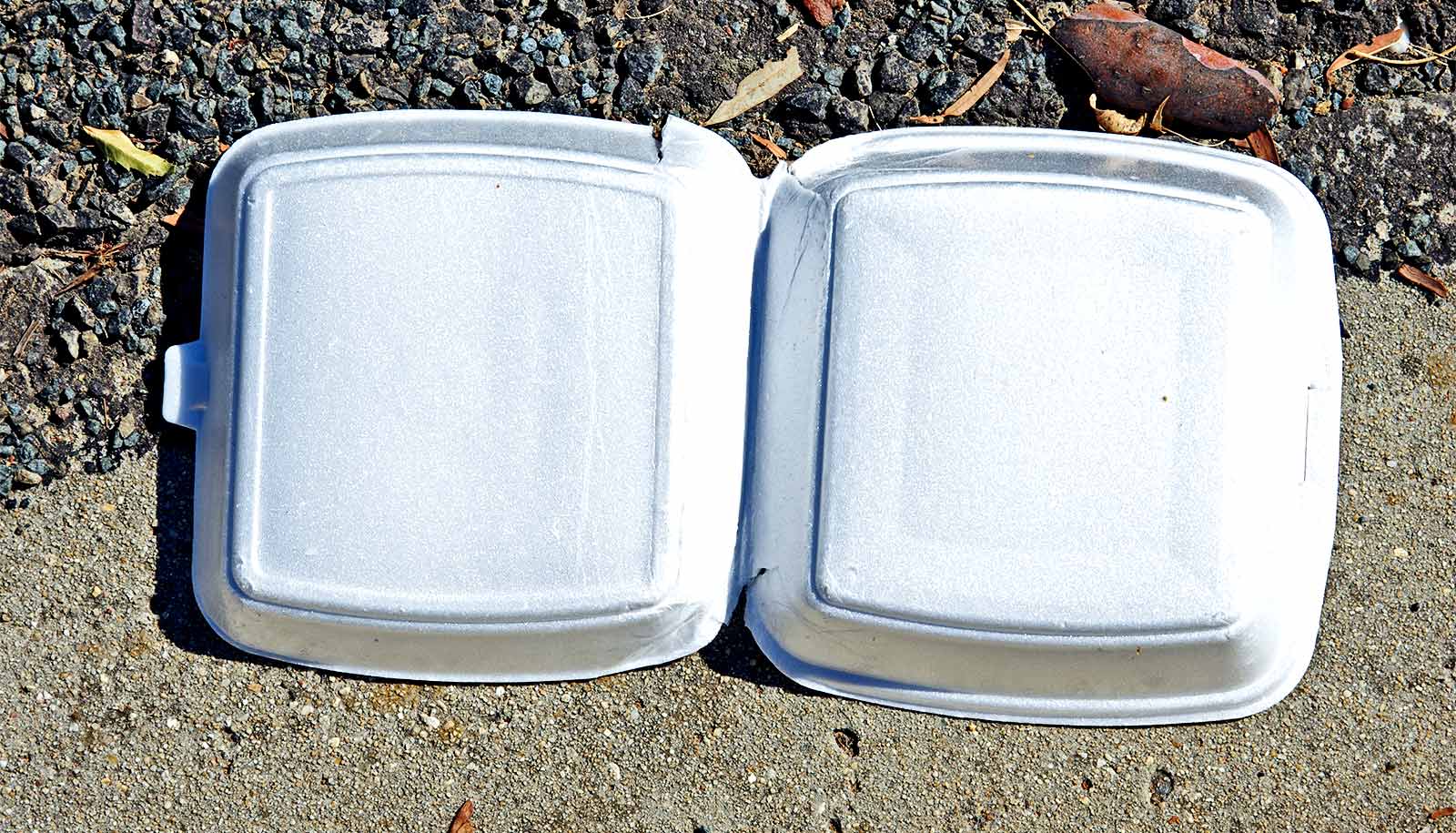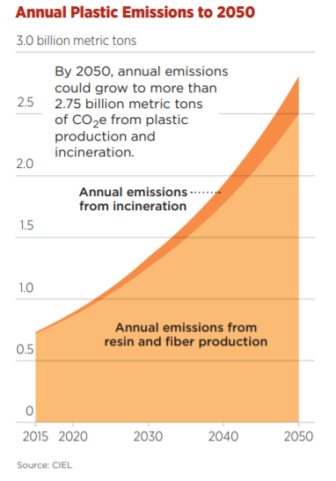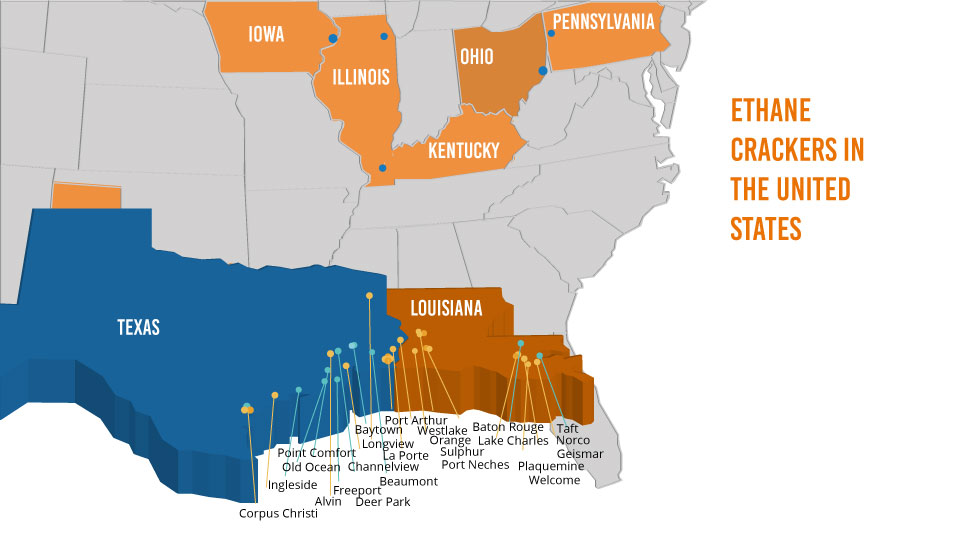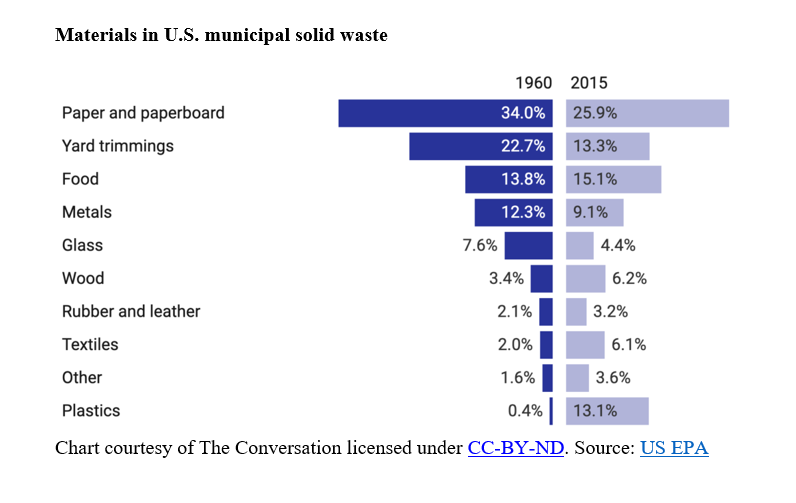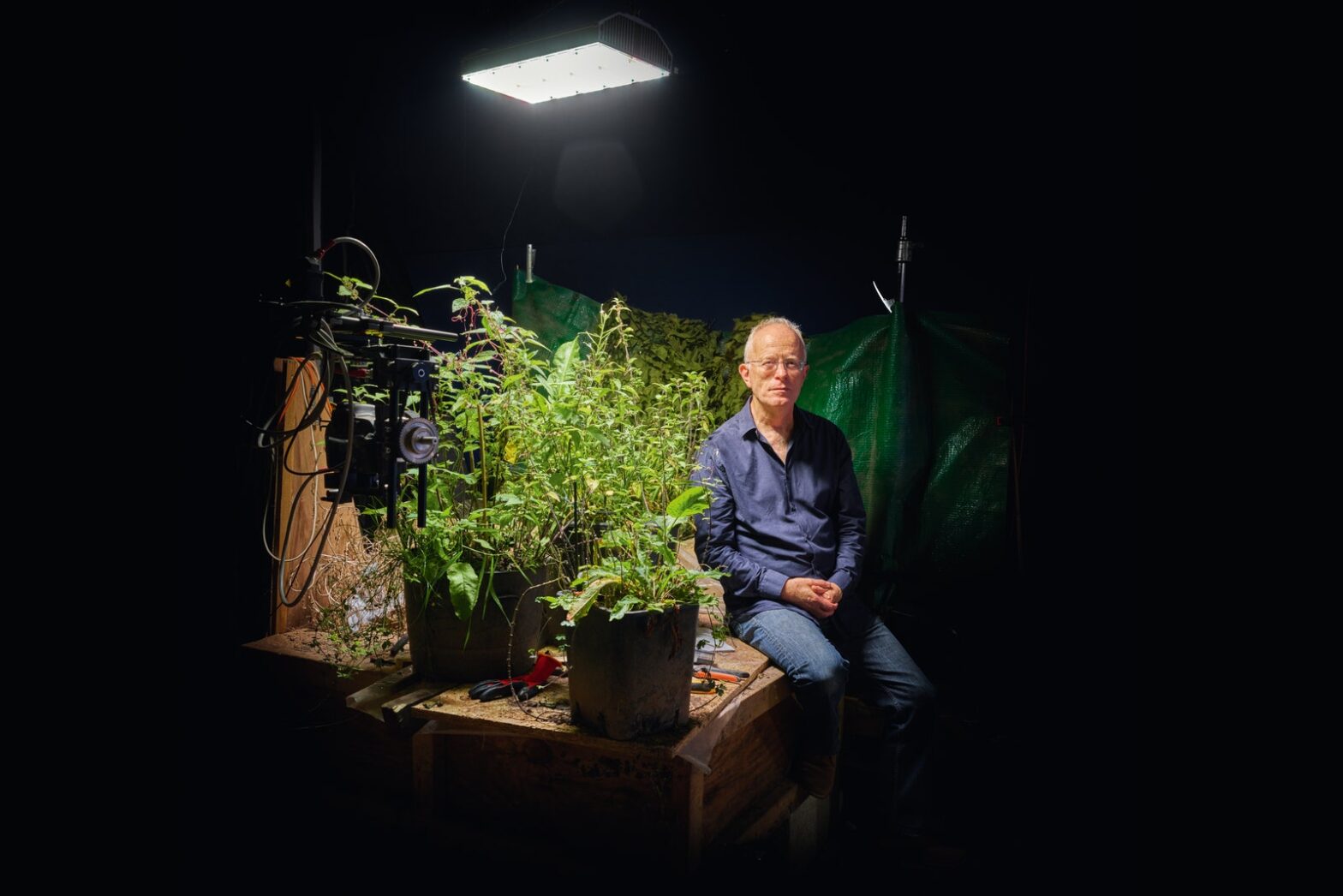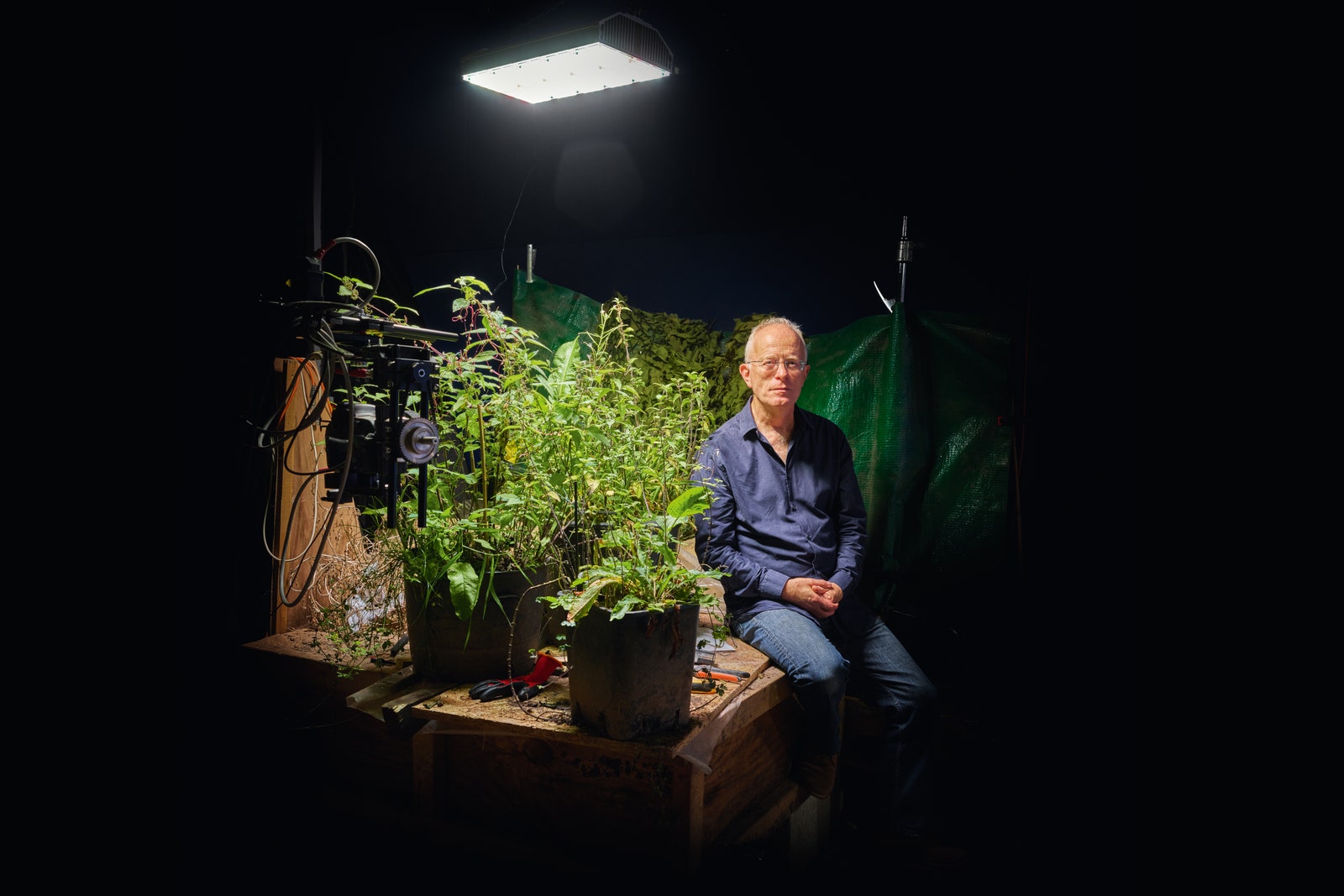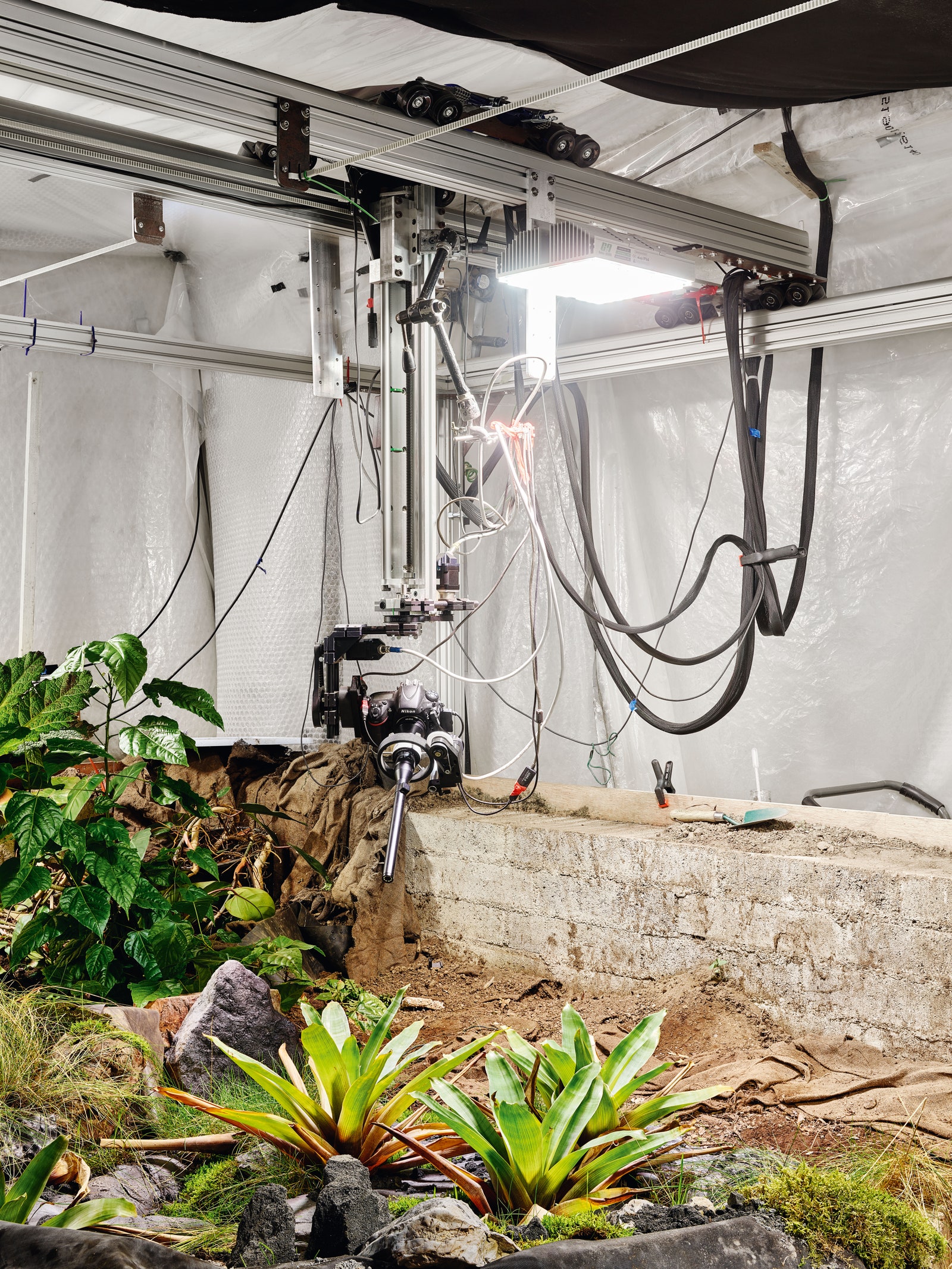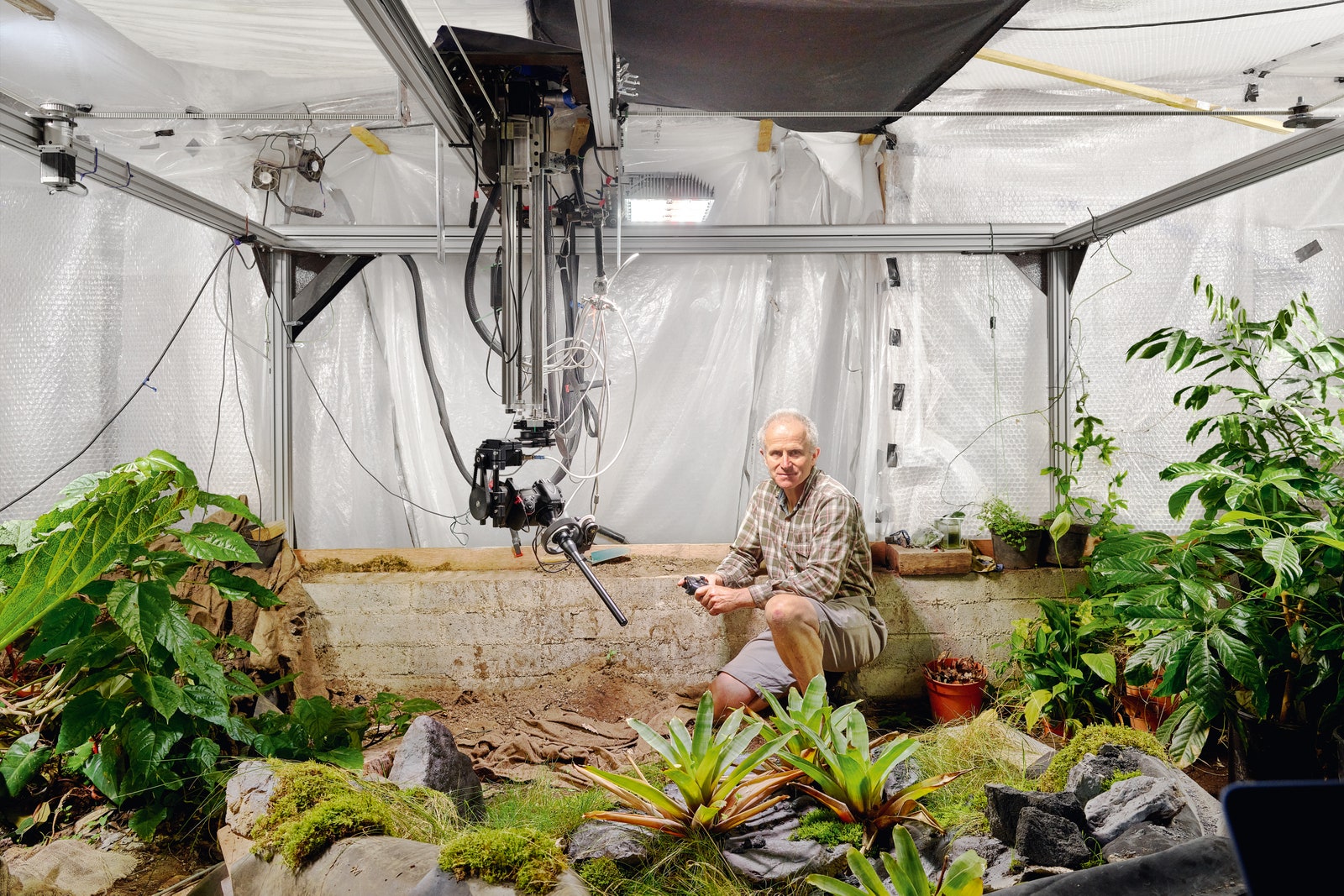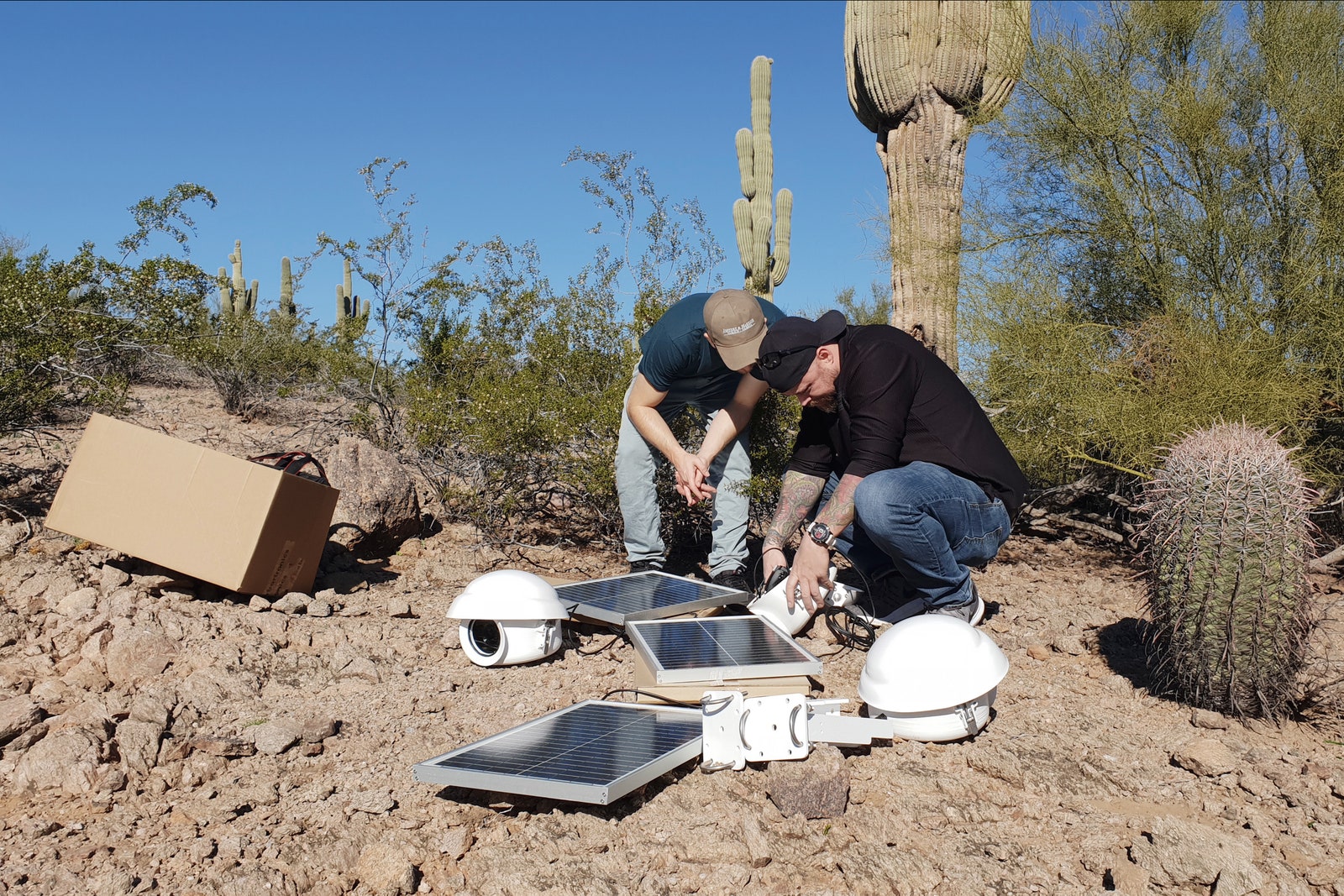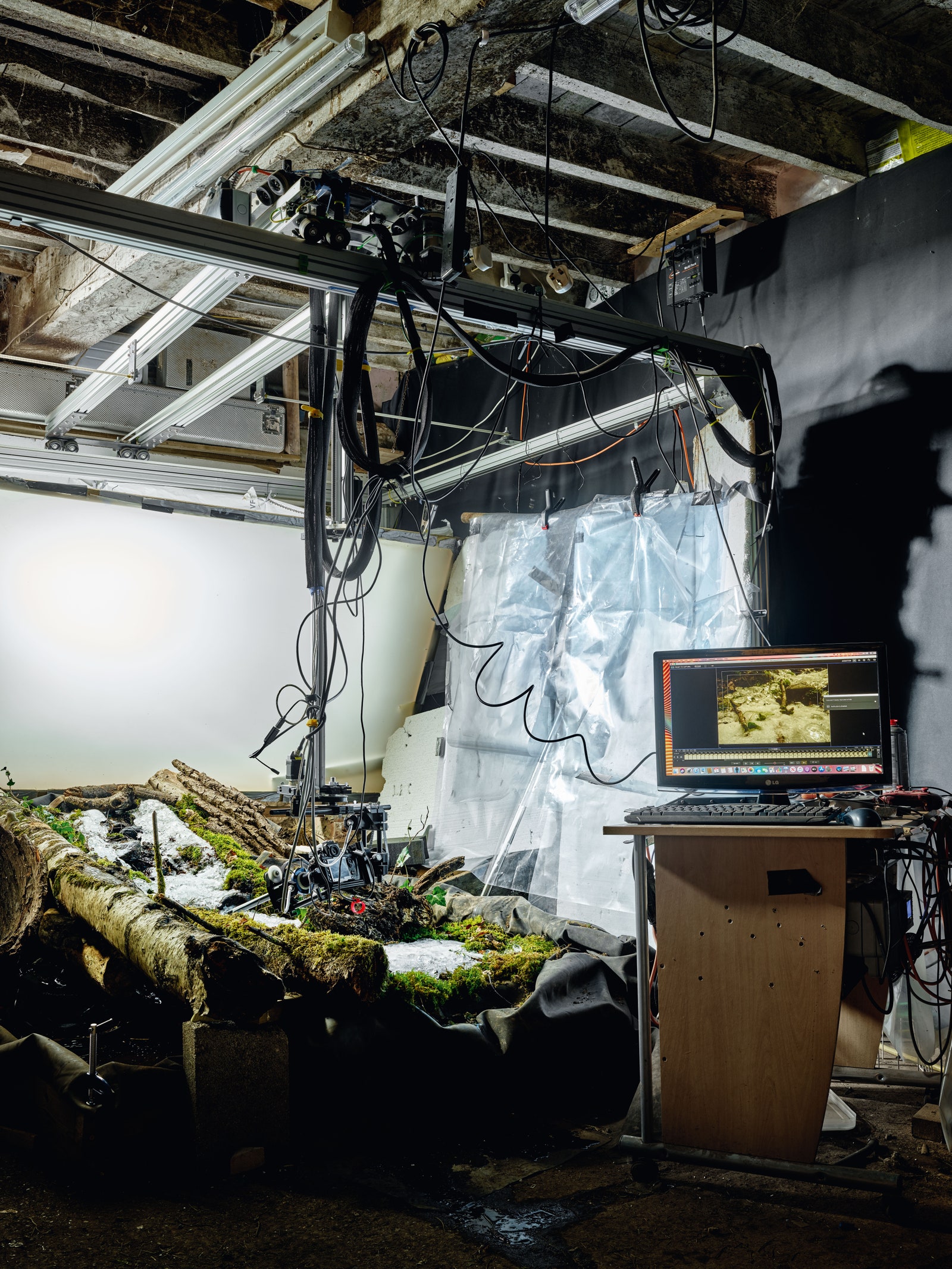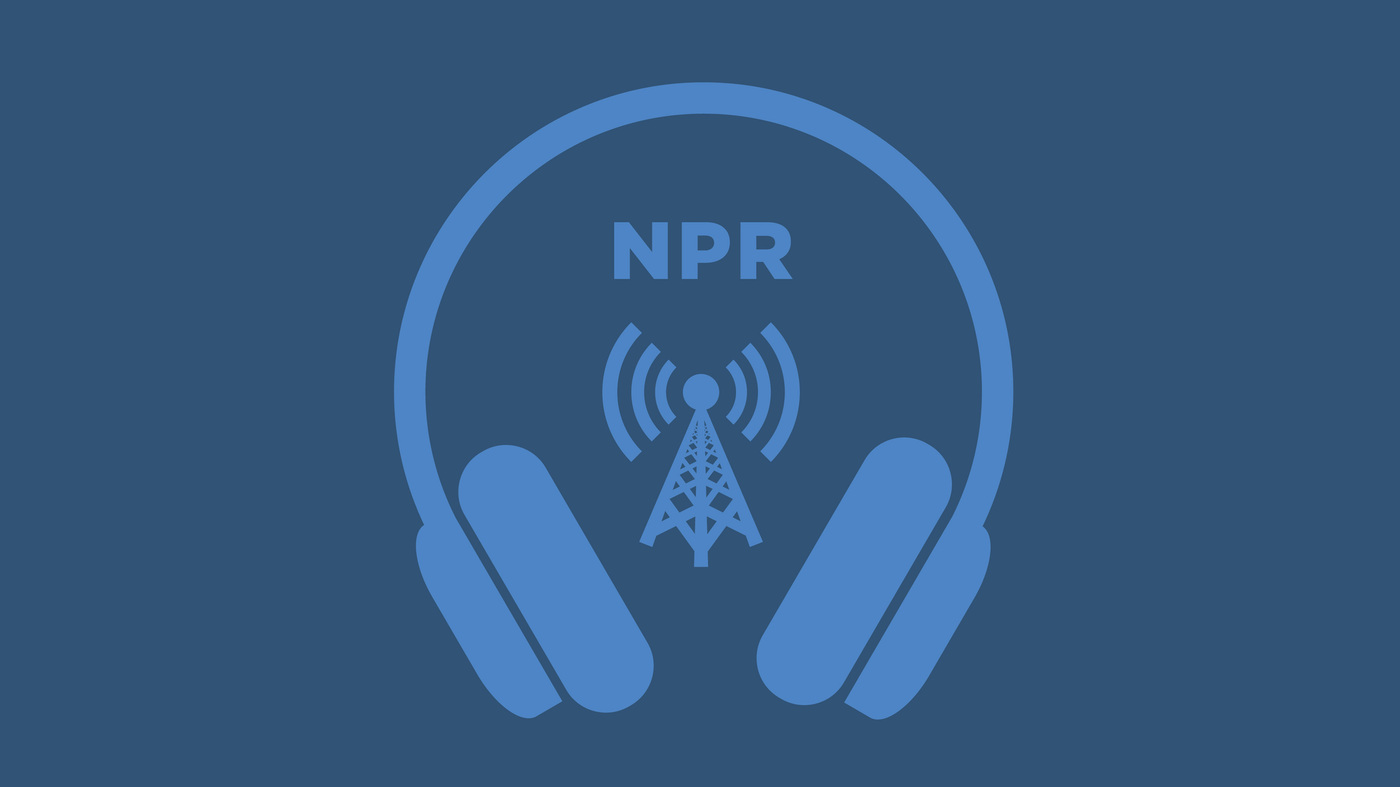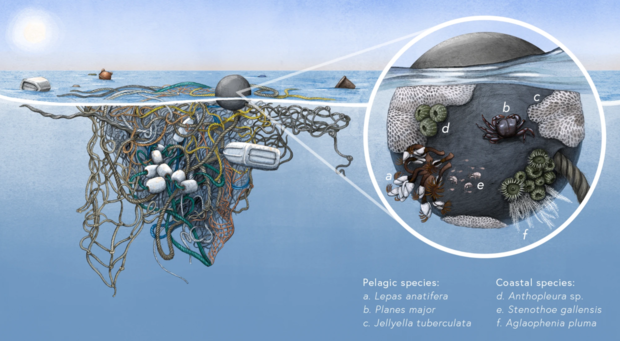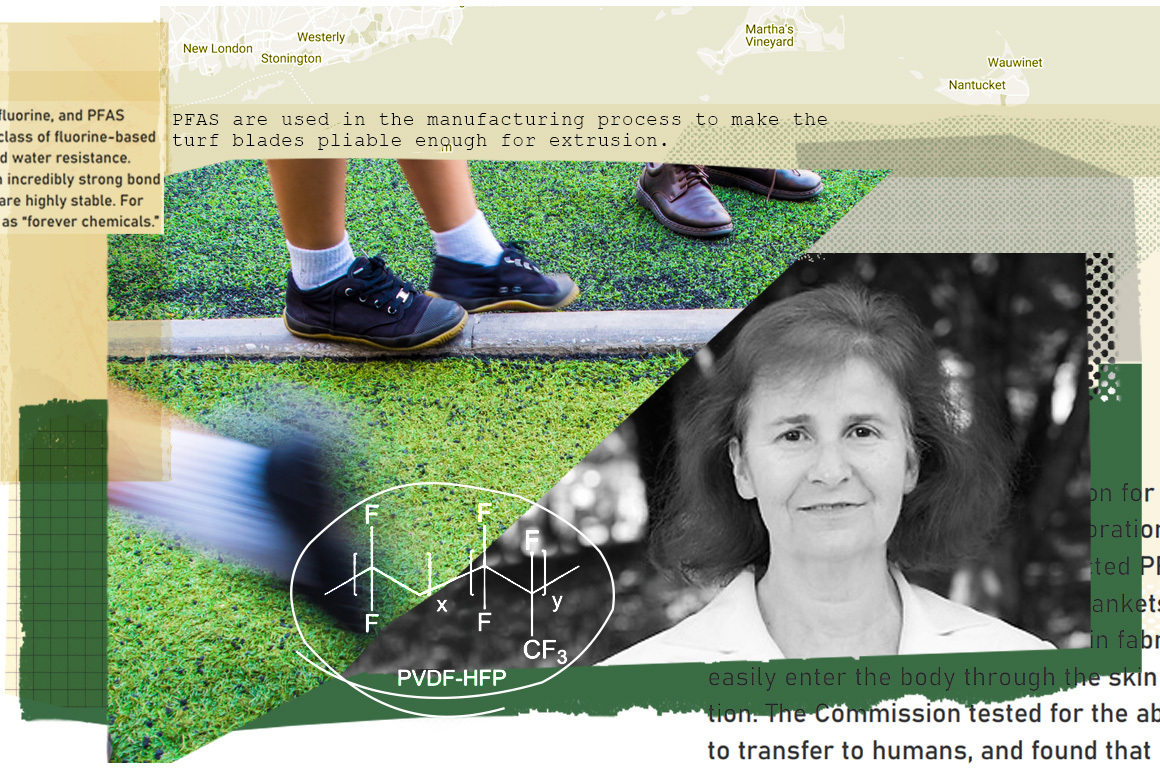
An industry toxicologist promoting artificial turf fields has repeatedly cited her work for EPA while downplaying the risks of “forever chemicals” used to produce plastic grass blades, making contentious claims often at odds with the agency’s own findings.
Laura C. Green has often referenced her role as an EPA special government employee while advocating for artificial turf fields in New England.
In public meetings and written emails, Green has also sought to undercut concerns about the health risks of per- and polyfluoroalkyl substances known as PFAS. That includes comments made at a September meeting on Nantucket, where Green asserted, “There is no reliable evidence that PFAS harms human health.”
EPA has in fact recently targeted some PFAS for regulation due to a mounting body of evidence of negative health effects. Just last month, the agency singled out a compound called PFOA as a “likely carcinogen,” in addition to noting the chemical’s links to lower immune response and other health risks (E&E News PM, Nov. 16).
When E&E News asked about Green’s statements, EPA disavowed them.
“EPA considers harmful PFAS to be an urgent public health threat facing communities across the United States,” a spokesperson said. “The agency does not support or agree with any of the statements attributed to Ms. Green that you cited in your questions.”
EPA also said Green “has not ever” worked on PFAS issues for the agency. Rather, she has assisted with peer reviews conducted by the agency’s Scientific Advisory Committee on Chemicals and the Federal Insecticide, Fungicide and Rodenticide Act Scientific Advisory Panel. Green “was not conducting work” for those panels when she made her comments about PFAS to New England communities this fall, the agency said.
Just days after its response to E&E News, EPA ethics officials emailed Green to “clarify” how she references her work for the agency in public settings.
The term “special government employee” refers to a temporary service in which workers are recruited for their expertise to serve as consultants or on advisory committees, but cannot work more than 130 days of the year for the government.
In the email, a copy of which was obtained by E&E News, EPA Office of Chemical Safety and Pollution Prevention Deputy Ethics Official Hayley Hughes told Green that if she mentioned her EPA work at public meetings, she had to clarify she was only speaking in her personal capacity and not representing the agency.
Hughes also wrote that Green “may not” use her work for EPA “to bolster your personal presentation or specific points contained in any remarks, or imply that the EPA or the federal government endorses your personal views.”
Green did not respond to questions from E&E News about her role with EPA or the agency’s correspondence with her about it. However, she said she stood by her comments that there is no reliable evidence that PFAS harms human health. That statement, she said, is “not inconsistent” with EPA’s finding that PFOA is a likely human carcinogen. Green said the agency’s declaration only “means that there is reliable evidence in rats and mice,” though such studies are routinely used to consider chemicals’ health impacts.
She also said that if there was evidence that PFAS harmed humans, specifically, EPA would have already regulated them in drinking water.
“Why do you think they never came up with drinking water standards?” she said.
Green herself has pushed back on proposed standards for multiple PFAS at the state level. In comments to Massachusetts and Wisconsin regulators, she and colleague Edmund Crouch countered findings related to PFOA and PFOS specifically and argued against the standards being recommended.
Green, a board-certified toxicologist, holds a bachelor’s degree in chemistry and a doctorate from the Massachusetts Institute of Technology, where her focus was nutrition, according to her resume. That document also shows how extensively she has worked with industry, dating back decades.
Meanwhile, Green has often made controversial statements about the health of workers at DuPont and 3M who were exposed to PFAS.
Surveys of workers at PFAS manufacturing plants owned by DuPont and 3M exposed to PFOA have shown increased incidents of liver damage and testicular cancer for decades. But Green told attendees of the September School Committee meeting on Nantucket that workers who manufacture PFAS for the two companies “seem to be fine.”
“There doesn’t seem to be any evidence that workers who are up to their eyeballs in this stuff are actually harmed by it,” Green said.
She has repeated those assertions in writing.
In emails to Nantucket resident Ayesha Khan, whose firefighter husband blames his testicular cancer on PFAS exposure at work, Green compared levels in firefighters’ blood to those found in workers at PFAS manufacturing plants. She again repeated that workers “who were literally up to their elbows in these materials … do not appear to be at excess risk of cancer.”
Green emailed Khan several more times, blaming her husband’s diagnosis on other chemicals firefighters are exposed to, and sending her studies about testicular cancer survival rates.
“It was shocking,” Khan said.
In another email to Emma Green-Beach, director and biologist of the Martha’s Vineyard Shellfish Group, who is also now on the Oak Bluffs, Mass., select board, Green cited the now-infamous environmental crisis in West Virginia, where PFOA contamination led to the largest PFAS human health study to date. Popularized in the movie “Dark Waters,” the contamination was discovered after a local farmer drew attention to his tumorous, dead cows.
In her email, Green theorized without evidence that the cows in question were likely stricken, not by PFAS exposure, but by molybdenum-based catalysts used in the manufacturing of Teflon products.
Turf wars
Despite making demonstrably false statements about PFAS, Green continues to consult on issues related to multimillion-dollar artificial turf fields at multiple towns in Massachusetts, New Hampshire and Vermont.
Public Employees for Environmental Responsibility Executive Director Tim Whitehouse, whose group has been tracking Green’s work, said her repeated assertion that she works for EPA is alarming because of the misinformation she spreads about the safety of PFAS.
“She has been at this for a while, mixing her position as a special government employee with her private work, and that is concerning,” he said.
Public officials in multiple towns that have hired Green did not respond to requests for comment. Nantucket Public Schools officials had agreed to speak with E&E News about the turf fields yesterday morning but canceled the virtual meeting at the last minute without giving a reason. E&E News later learned that the officials found out about EPA’s emails to Green shortly before the scheduled meeting. The officials did not respond to subsequent emails posing questions.
But Nantucket project architect Richard Webb has told the School Committee that he is “aware of the PFAS concerns and considerations” and that the products would be tested for PFAS regulated in Massachusetts drinking water, including PFOA.
In his presentation, Webb said using synthetic turf for the $17.5 million project is necessary because, in the turf’s 12- to 15-year life span, it would require less maintenance than grass fields and would help increase participation in school sports.
Notably, the chemicals used in artificial turf fields are not the same compounds EPA is currently considering regulating.
PFAS are a family of chemicals containing thousands of compounds, many of which are not yet well researched or understood. The most studied chemicals are PFOA and PFOS, which have been linked to kidney and liver problems, among other issues. Those compounds are both toxic to humans at very low levels and stay in human bodies for an extended period of time, making them particularly concerning to public health experts.
As more research accumulates about other compounds, some have been found to have similar health effects as PFOA and PFOS, prompting advocates to call on EPA to regulate all PFAS as a class, rather than individually.
PFAS are used to manufacture turf fields, specifically by preventing plastic blades of grass from sticking to equipment when they are shaped. Green has said publicly that the specific compounds PVDF and PVDF-HFP are used in this process but told E&E News it was only the latter.
As with many PFAS, health effects from PVDF and PVDF-HFP are not widely documented. In public presentations and conversations with E&E News, Green has said PVDF-HFP is an “inert polymer” and does not rub off on athletes, break down in the environment or break down into other types of PFAS.
But one October 2020 study examining fluoropolymers, including PVDF, stated that while those compounds are often deemed “polymers of low concern,” many questions remain about their environmental impacts and health implications. More recent research has shown PVDF has the potential to break down in the presence of prolonged exposure to ultraviolet rays — which could be a concern for turf fields exposed to the elements. It is unclear whether the same is true of PVDF-HFP.
Kristen Mello, a trained chemist and community activist from Westfield, Mass., who has elevated PFAS levels in her blood, said the studies show that PVDF does break down in sunlight.
“[Green] is saying that the PFAS they use is insoluble and can’t come off in water, and the question we are left with is, what does it come off in?” she said. “Once it is exposed to sunlight, the backbone of the compound is broken down into pieces that can more readily be soluble in water.”
Asked about this research, Green stood by her previous comments and told E&E News that PVDF-HFP is a stable compound that does not dissolve in water. Green also suggested that because the chemical is used in surgical sutures and medical devices that have been approved by the Food and Drug Administration, it is safe to use on synthetic fields. When E&E News reporters pointed out that sutures on a body would not be subjected to the same conditions as an athletic field, Green replied, “What you are saying makes no sense to me.”
“That’s just not a thing, my friend,” she said.
Jamie DeWitt, a toxicologist with East Carolina University who studies PFAS and polymers, said concerns about how wear and tear might affect the chemicals’ ability to escape artificial turf fields and contaminate athletes or nearby water supplies are legitimate.
“If there is residual PFAS on the turf grass product, and then across time there is sunlight, and heat from the sunlight, and rain and microbes and physical activity, it seems perfectly reasonable and logical,” she said, “that those residual PFAS will slowly disincorporate from the turf and reincorporate either in the water, in the soil or on the bodies of the people using the turf.”
‘There is nothing to see here’
On Nantucket and Martha’s Vineyard, much of the opposition to artificial turf fields stems from concerns about possible contamination of their sole-source aquifers. The islands already have preexisting PFAS contamination, and Nantucket is part of a class-action lawsuit against firefighting foam manufacturers.
Ewell Hopkins, chair of the Oak Bluffs Planning Board on Martha’s Vineyard currently reviewing permit applications for the fields, worries Green’s experience with EPA helps community members supporting the fields ignore groundwater fears.
“Bringing in a smooth-talking, seemingly credentialed person saying, ‘There is nothing to see here,’ the people who want to feel good about supporting the field have something to stand on,” he said.
Hopkins added that his board’s review process is ongoing and far from over. During a meeting in Portsmouth, N.H., Green alluded to $30,000 for testing for “the synthetic turf being used in Martha’s Vineyard.” At the meeting, Green said the results were not of concern to the Martha’s Vineyard Commission, which has already approved the project, but did not mention that Oak Bluffs regulators continue to scrutinize those results.
The comments concerned Hopkins, who has since written to Portsmouth’s mayor over the matter. He is worried that Green is trying to capitalize on Martha’s Vineyard’s reputation in order to convince other communities not to scrutinize turf fields.
“Everyone knows Martha’s Vineyard as the playground of presidents,” he said, adding, “The last thing I want is for people in other communities with less resources to think that if it was good enough for the Vineyard, who are we to question it for our students.”
Nantucket Fire Department Deputy Chief Sean Mitchell shared similar fears. Two years ago, he learned that protective uniforms meant to keep firefighters safe from burns and toxic chemicals actually contain PFAS. For the past 18 months, he has written to turnout gear manufacturers inquiring about safety concerns only to encounter similar misinformation (Greenwire, Feb. 17).
This winter, he sent an email to Nantucket school officials criticizing them for using taxpayer money to hire Green “to gaslight” the community.
“We have come to expect this from industry-funded scientists,” Mitchell wrote. “What we don’t expect is that our own school system would be the reason she’s here in our community, spreading her misinformation.”
Reporter Kevin Bogardus contributed.


